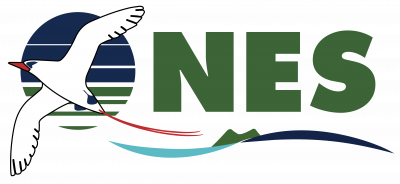NES in partnership with the Cook Islands General Transport (CIGT) are delivering the Titā ki te Titā kore Project – Legacy Waste Collection throughout Rarotonga. The initial phase of the project unfolded, where a successful turnout of the community came forward to responsibly dispose accumulated legacy waste in Nikao, Arorangi and Titikaveka.
Based on the data collected from Nikao, Arorangi and Titikaveka, majority of the e-Waste gathered primarily consisted of televisions/flat screens, speakers and computers. Additionally, within the category of whiteware, ceiling fans and refrigerators and freezers were the predominant items collected.
NES project coordinator, Mii Herman emphasized the importance of data collection and analysis within this project, stating ‘the data collected from these locations can provide insights and serve as a model in developing robust polices to promote energy efficiency standards for electronics and whiteware appliances and end of life vehicles. As a result, the Cook Islands can lead the way in adopting sustainable practices that reduce energy consumption, minimize waste, and foster a more environmentally conscious future for our people.
Data collected from Nikao intake showed a significant amount of e-waste items, including 230 units of computers and 172 units of TV/flat screens. An additional 225 units of toners were also recorded. The whiteware category included 111 fans (ceiling/standalone) and 53 fridges/freezers (small and large). Additionally there were smaller quantities of motorbikes (1), bicycles (5) and batteries (3), along with 42 miscellaneous items.
In the Arorangi data collection, the e-waste category featured 121 units of TV/flat screens as the most collected item, followed by speakers (97) and computers (93). In the whiteware category, there was 139 units of fans and 86 units of fridges/freezers, both small and large. The whiteware category included microwaves (44), ovens/stoves (41) and vacuum cleaners (27). Additionally, there were smaller counts of toaster (22), water heater (24), toners (17) and lights (17).
The project is currently being carried out in Ngatangiia, followed by Matavera. In the meantime, NES will be updating the scheduling dates and drop off sites for the remaining Puna’s and this information will be shared with the public in due time. Mii Herman advised ‘we would like to urge the remaining Punas to prepare your waste and ensure all items are cleaned prior to drop off. We appreciate your patience as we work collectively to deliver this project’.







